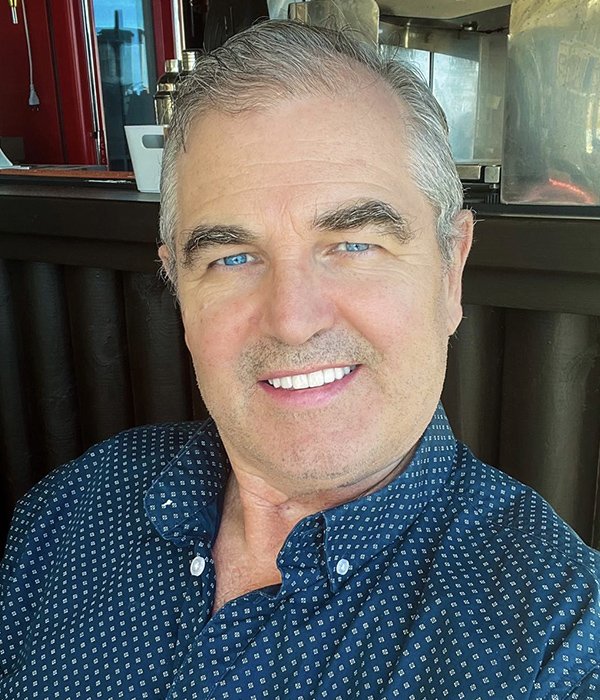Opinion

By integrating the Servuction model and the 7 Ps, you create a customer-centric strategy that attracts and keeps members, ensuring long-term success in a competitive market

 How Fitness & Wellness Businesses Can Leverage Services Marketing Principles for Success
How Fitness & Wellness Businesses Can Leverage Services Marketing Principles for Success
In today’s competitive fitness industry, offering the best gym equipment and attractive membership plans isn’t enough to guarantee long-term business success. The key lies in effectively marketing and managing your fitness club service experience. Two marketing tools from the world of academic marketing can help: the Servuction Model and the 7 Ps of the Services Marketing Mix.
These simple frameworks provide a structured approach to managing sales, marketing, and operations, empowering you to create a distinctive and compelling value proposition. Most importantly, the Servuction model and the 7 Ps encompass eleven key elements you generally have full control over when designing and delivering your fitness and wellness offerings.
The Servuction Model
The Servuction Model has four components, and explains how a service experience is produced and delivered to the customer:
- Service Provider (Invisible Organization and System): All the systems and processes that keep your gym running, like member management software, booking systems, and operational workflows.
- Service Environment (Servicescape): The physical setting where your service is delivered, including the gym’s layout, interior design, cleanliness, and overall vibe.
- Other Customers: The presence and behaviour of other members can affect someone’s experience. A crowded gym or inconsiderate behaviour can affect how others feel.
- Contact Personnel: Your staff, from trainers to front-desk personnel, play a key role in delivering the service. Friendly and knowledgeable staff influence member satisfaction and loyalty.
The 7 Ps of Services Marketing Mix
The 7 Ps of services marketing—Product, Price, Place, Promotion, People, Process, and Physical Evidence—help tailor your service experience to meet customer needs.
- Product: In a fitness/wellness club, your product encompasses more than just memberships and equipment. It includes the entire experience, such as classes, personal training, and wellness facilities. Tailoring these offerings to your target market’s needs is essential.
- Price: Pricing strategies can range from premium memberships with exclusive perks to more affordable options. Dynamic pricing, like off-peak discounts, can also be a powerful tool.
- Place: This refers to the gym’s location and how accessible it is to your target audience. It also includes online accessibility to your memberships and services.
- Promotion: Effective promotion goes beyond traditional advertising, incorporating digital marketing strategies like social media, influencer partnerships, and email campaigns.
- People: Your gym staff play a vital role in the service experience. Continuous training ensures they are knowledgeable and approachable, which is crucial for member satisfaction.
- Process: This covers the entire customer journey from entering the club to leaving. Streamlining processes like check-ins, equipment usage, and class scheduling ensures a smooth experience. Most importantly, it includes the processes you have in place for helping members achieve results.
- Physical Evidence: This includes all the tangible aspects customers encounter; interior design, cleanliness, equipment quality, and even membership card design. These elements reinforce the perception of quality and professionalism.
Application in a Modern Fitness Club
Imagine you run a high-end fitness club in a metropolitan area. You apply the Servuction model to create a luxurious, motivating environment with top-tier equipment (Servicescape) and ensure your staff (Contact Personnel) get trained in both customer service and fitness. To manage overcrowding, you offer peak and off-peak memberships.
Using the 7 Ps, you develop a wellness program (Product) tailored to busy professionals and price memberships (Price) at a premium to reflect your high service level. Your club’s location (Place) is accessible, and you promote (Promotion) it through targeted digital campaigns. Your staff (People) receive continuous training, and a state-of-the-art booking system (Process) ensures seamless service. Immaculate facilities (Physical Evidence) reinforce your brand’s quality.
By integrating the Servuction model and the 7 Ps, you create a customer-centric strategy that attracts and keeps members, ensuring long-term success in a competitive market.
About Alan Leach:
Alan Leach is a globally recognised leader in fitness business sales and marketing, with over 35 years of industry experience. As CEO of West Wood Club in Dublin, Ireland, he leads six health clubs serving over 41,000 members, driving their success through innovative marketing strategies. Alan’s influence extends globally; he is a former Chair of IHRSA, the International Health, Racquet & Sports Association, and one of only two non-US leaders to hold this position in its 45-year history.
A recipient of the 2024 IHRSA Global Leader Award, Alan has been a prominent international speaker since 2010, presenting at major fitness industry conferences worldwide, including in the USA, Europe, Asia, and South America. His insights have educated thousands of club owners and managers.
In 2024, Alan was invited to become one of the first ever internation judges for the Australian AsuActive awards. Additionally, Alan is a respected contributor to leading industry publications, including Club Solutions Magazine, where he shares his expertise in marketing strategy, digital marketing, and sales management.






